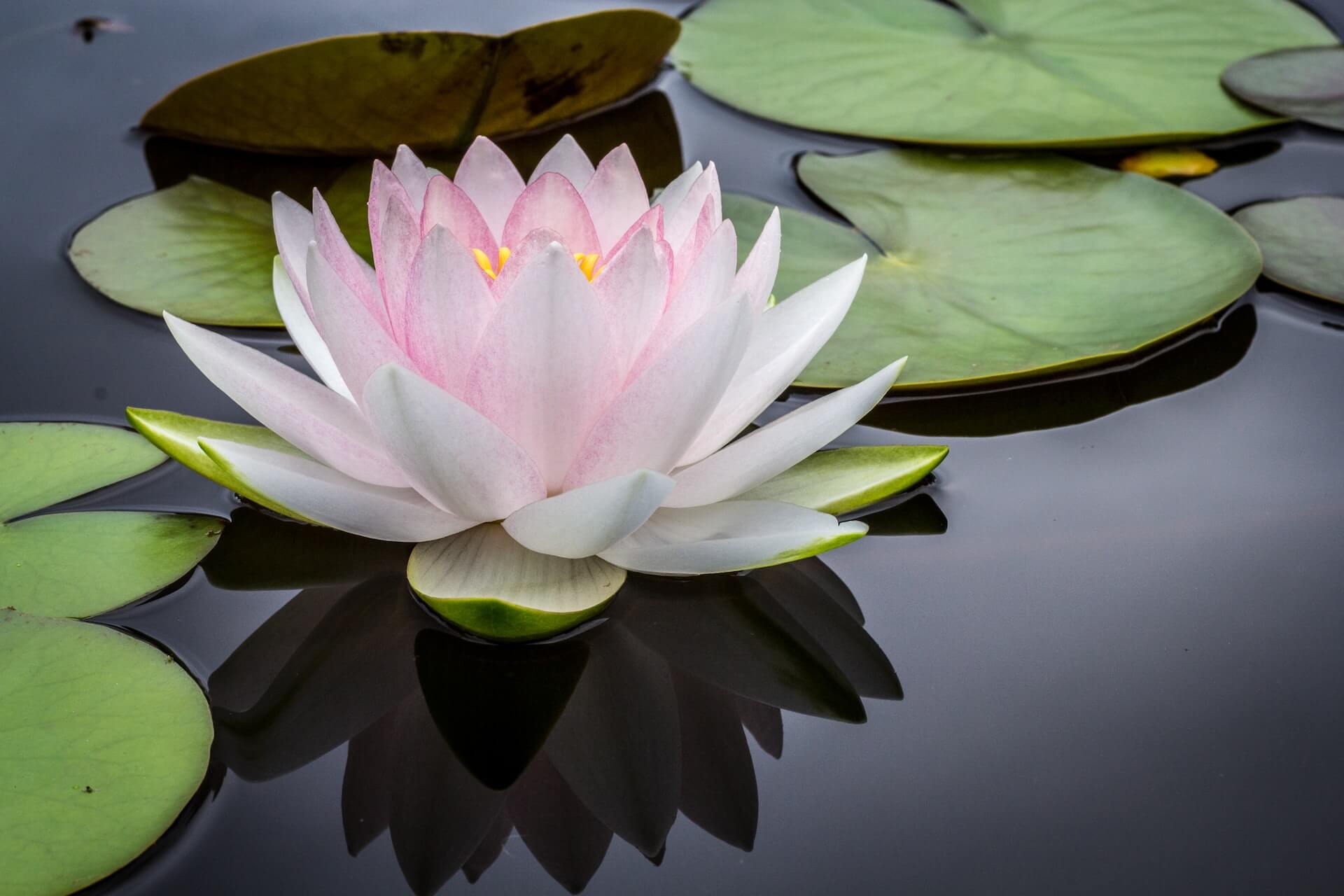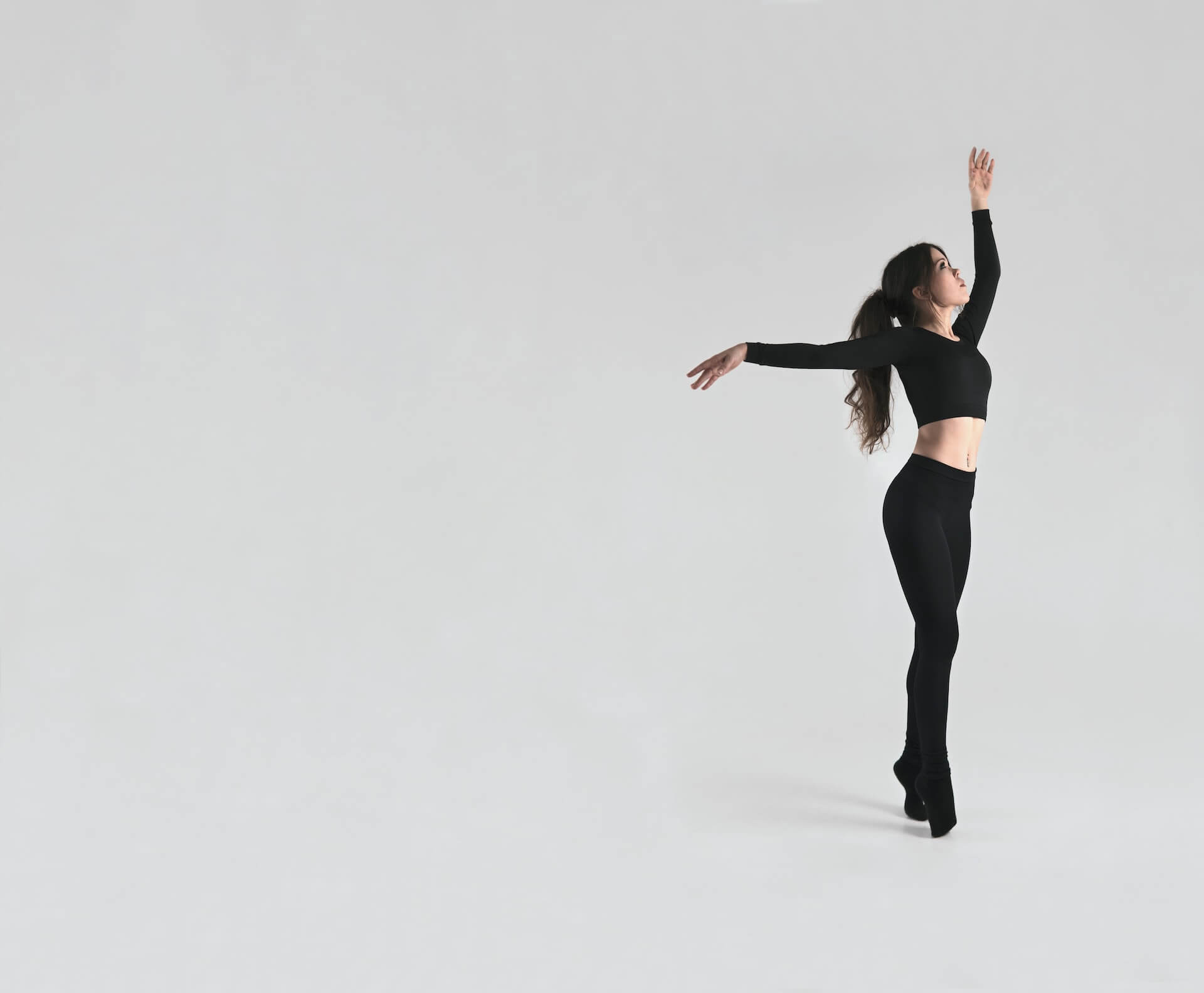What is the Function of Breathing
Inhaling (taking in breath) and exhaling, or breathing out, are the two phases of breathing. The diaphragm, which is the large, dome-shaped, muscle between your lungs, heart, and lungs, contracts and moves down when you inhale. This creates more space in your chest cavity and allows the lungs to expand into it. As the air volume in your lungs decreases, the diaphragm becomes more relaxed when you exhale.
Because our bodies need oxygen to function, breathing is vital to our lives. Moving your muscles, eating, and reading these words all require oxygen. The body can also be helped to eliminate carbon dioxide from the air by breathing. This is a waste product from these processes.
What is Deep Breathing?
Deep breathing is intentional. You’re trying to get more air into your lungs. Yufang Lin MD, an intern medicine doctor at Cleveland Clinic Health System in Ohio, says that deep breathing is not the same as normal breathing. Your shallow breath could be an unintentional stressor on your body. Or the stress you feel could be contributing to your shallow breathing. (Learn more about this later.)
Dr. Bell says deep breathing slows the breath down. He says that most people average two seconds of inhalation when sitting down or engaging in a non-strenuous activity. This is the average rate of our normal respiration when we are not conscious about it.
Deep breathing involves relaxing your abdominal region and taking a deep inhale. Megan Elizabeth Riehl (PsyD), is a clinical assistant professor at University of Michigan Health in Ann Arbor. We breathe in slower, filling our lungs slowly and allowing the lungs expand. This will cause the diaphragm to contract. She says that the exhale is when we let all the air go. The diaphragm relaxes, and the chest wall contracts. She says that by focusing our attention on this process, our breathing patterns can be slowed down.
The practice of controlling the breath is part of a mindfulness or yoga practice. But, breath-focused meditation does not have to be deep breathing. While yoga breathing may look similar to diaphragmatic, it can also be quite different. She explains that yoga requires you to close your mouth for certain breathing patterns. She says that deep breathing and diaphragmatic breathing are characterized by the inhalation through the nose.
Breath-focused meditation can help you get to a place of mindfulness, where you are able to accept the present moment as it is. Riehl says that your breath is the only true thing in this moment. You can’t go ahead and you can’t go backwards.
She says that meditation and guided relaxation often begin with awareness of the breath. However, you may not be able to practice deep breathing or alter your breathing pattern.
It could be an invitation to notice or pay more attention to the following: Are your breathing rhythms fast or slow? Do you breathe shallowly or deeply? This aspect of mindfulness, or beginning a meditation, is a little different than intentionally practicing diaphragmatic breath,” says Riehl.




